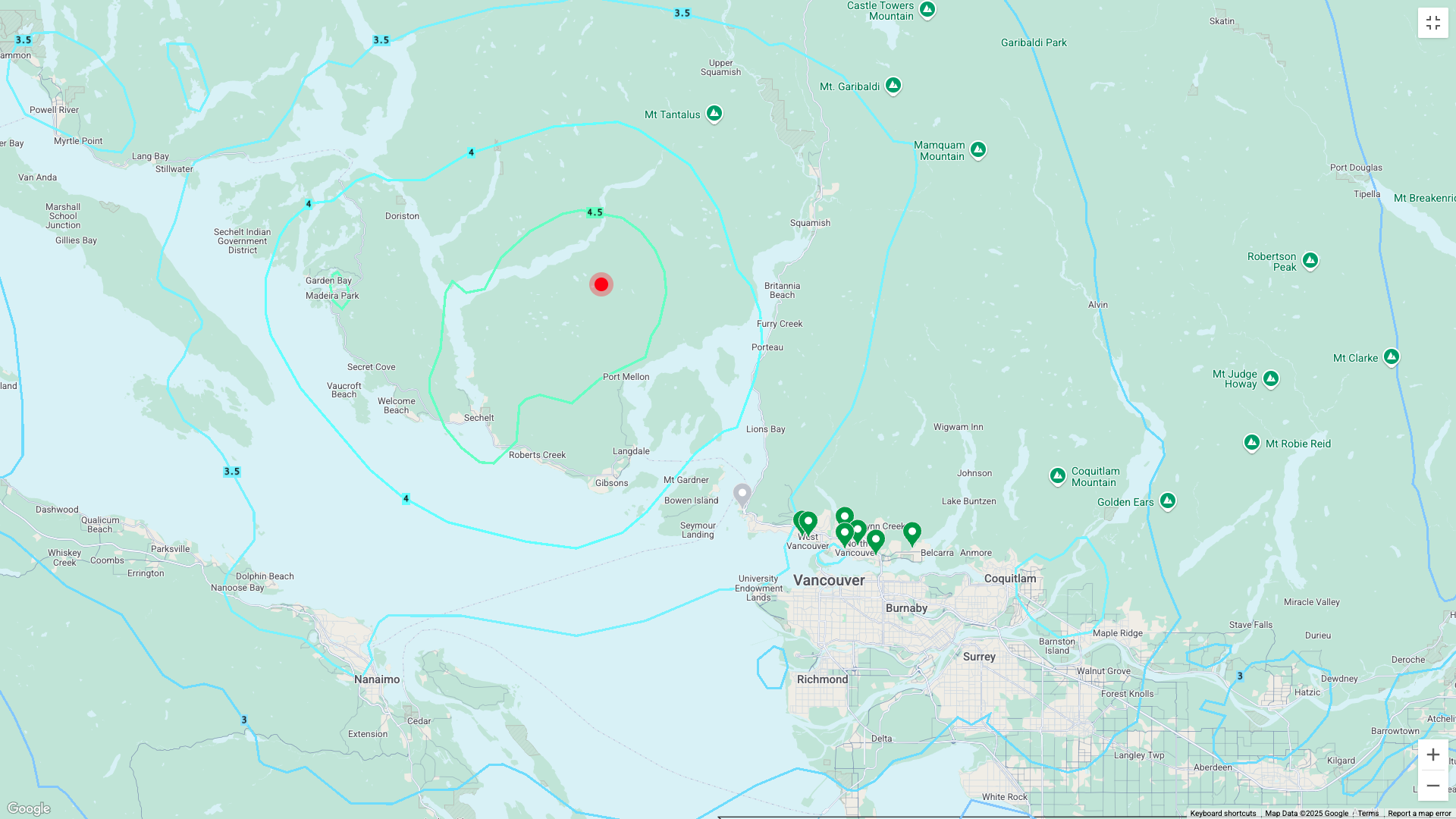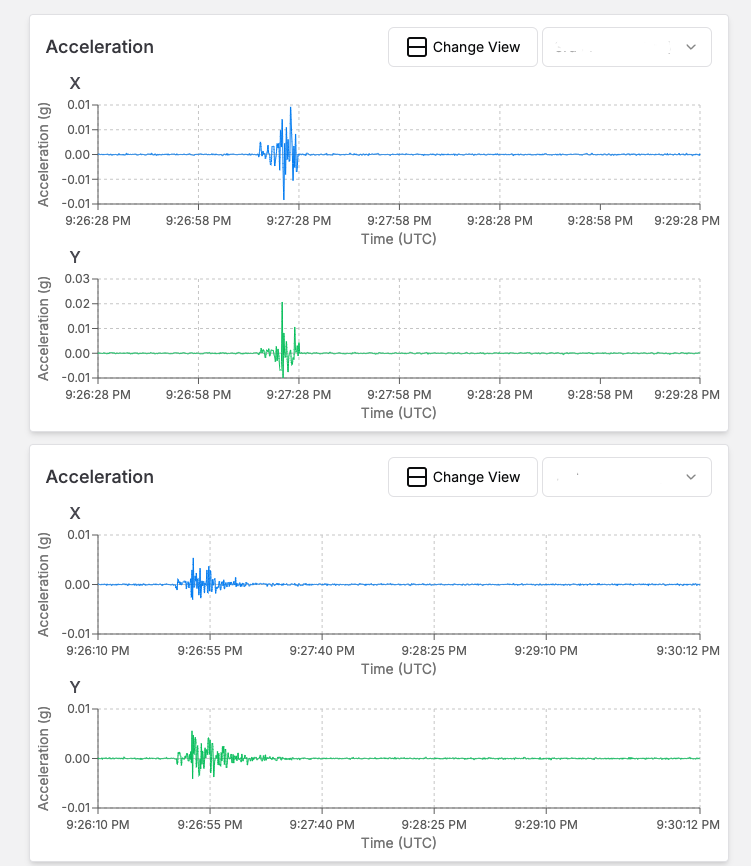NSEM Putting Safehub’s Sensory Offerings into Practice with Aplomb


North Shore Emergency Management (NSEM), a local government emergency management program in Canada, has actively demonstrated the effectiveness of the sensor technology offerings provided by Safehub. Parametric Insurer talks to Emily Dicken, director at NSEM, about why the organization chose Safehub and the benefits that have materialised.
Enhancing Earthquake Readiness with Sensor Technology
As the severity and frequency of natural catastrophes intensify, innovative solutions designed to address the risks associated with these events are gaining prominence.
NSEM’s relationship with Safehub, a technology provider in seismic sensor and risk management solutions, is a case in point.
NSEM has provided emergency management services, including emergency planning, preparedness and recovery activities, for the City of North Vancouver, District of North Vancouver and the District of West Vancouver since 1978. Specifically, a key strategic focus is on community building and assets in the jurisdictions, such as recreation centres.
During the last four years, the organization’s level of readiness has been significantly strengthened by Safehub’s sensor technology, designed to support damage assessment and disaster recovery efforts following seismic events.

Utilising Safehub enables NSEM to receive crucial data via sensors following such an event and plan a suitable course of action.
Emily Dicken, who has served as a director at NSEM since 2021, explained the sensor offerings again proved their worth in recent months with two seismic events.
“They were felt events, one more significant than the other, and on both times the seismic sensors went off and we were provided with data within seconds of the events happening,” she told Parametric Insurer.
“While that data was coming in, we were starting up our emergency operations centre and pulling together all three municipalities that we support. It was so easy for us to pull the data that came from the Safehub sensors.”

Why Safehub
The origins of NSEM’s involvement with Safehub stems back several years when an earthquake struck off the southwest coast of British Columbia. This prompted questions from municipal staff including whether they were required to activate their emergency response plan, mobilise immediately, or whether a full infrastructure assessment by structural engineers was required.
“It was very hard to make those decisions based on not having any analytics or data available,” Dicken said.
“Without having that preliminary broad space of assessment available, you have to dig into the weeds as a practitioner in this work and it can be very hard to get the proper engineering assessments in place in time.”
To compound such an issue, structural engineering assets in the affected region are in relatively short supply, according to Dicken.
By utilising Safehub, it allowed NSEM to “make better decisions without deploying huge amounts of assets or spending really significant amounts of money for every felt seismic event”, Dicken said.
“It really lets us know the thresholds for risk and damage a lot better, which is what we didn’t have a good understanding on prior to the involvement with Safehub. We’ve also received subject matter expertise support in terms of how the sensors can help support and enhance our seismic readiness program overall,” Dicken said.
Dicken described how Safehub provides NSEM with a “baseline of readiness” that can withstand any internal changes, such as staff turnover which may lead to varying levels of knowledge of seismic readiness within the organization.
“The burnout and fatigue rates are so high that we’re seeing constant turnover,” Dicken said.
“As a practitioner, Safehub is really important because it always gave me this minimum threshold of readiness, that even if I was feeling points of discomfort with the operational aspects of seismic readiness, I knew that there was always something in our back pocket.”
Cost Analysis
On a cost basis, Dicken noted NSEM is paying a relatively small sum to use Safehub in comparison to alternative options, particularly when the firm is having to manage “a really tight public safety budget”.
“When I think about the translation of engineering services to do site assessments and that those would need to be done at all hours of the night or weekends/holidays, then that really creates compounding costs for us,” she said.
“I know that we would be looking at far in excess of what we pay Safehub per event.”
Growing Confidence and the Future
By her own admission, Dicken’s personal confidence in sensor technology has grown considerably through NSEM’s journey with Safehub. While not describing herself as a skeptic of the technology, she “had a hard time” in initially understanding the value it brought about.
“It was a by-product of a lack of experience with seismic as a hazard and of knowing what the operational process of moving through that first few hours of assessment looked like,” Dicken said.
“I can say now with complete certainty that, having had the privilege of experience, this technology provides a critical reflection on the immediate phase of the response and decision making around safety.”
The level of confidence has grown to such a point that Dicken is hopeful of expansion to have the “knowledge that we know in one facility to be paralleled in another”.
“We’re in our infancy of how we use Safehub,” Dicken said.
Specifically, she “would love” to see expanded Safehub usage across British Columbia, explaining that recent seismic events have shown parts of the region’s infrastructure are aging and utilising Safehub on a wider basis could improve validation and damage assessment.
“My hope is that based on the success that we’ve seen, we can encourage other municipalities and other levels of government to also make a similar investment [in Safehub] and that we can actually grow the network.”
Empiece hoy mismo
Solicite una demostración para conocer cómo podemos ayudarlo a minimizar su riesgo de catástrofes con datos específicos de edificios en tiempo real.



